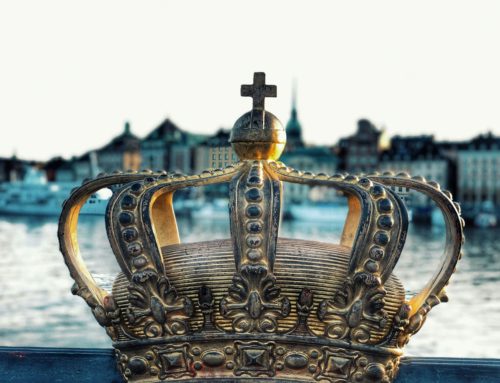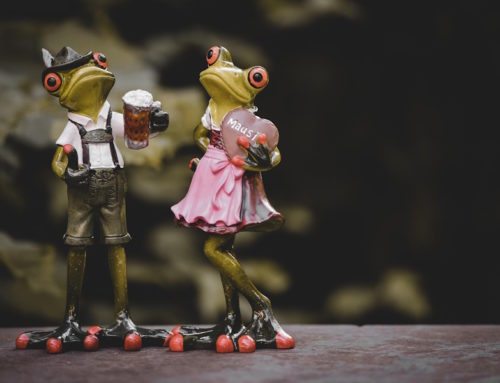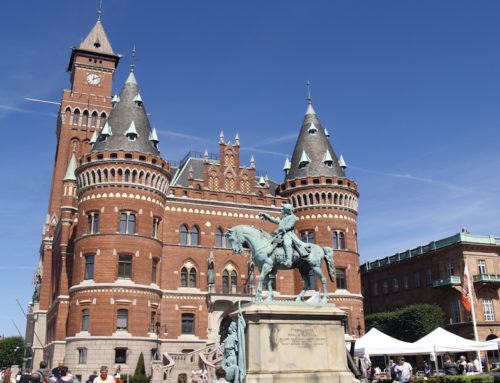I spent the past weekend in Reykjavík, Iceland — originally for work, meeting a client based in the city. I figured it would be a straightforward trip: in and out, a few meetings, maybe a walk around. I wasn’t expecting Reykjavík to leave such a mark.
This city doesn’t shout for attention — it doesn’t need to. Reykjavík is the world’s northernmost capital, home to just over 130,000 people. But what it lacks in size, it makes up for in character. The place has a rhythm all its own — unhurried, thoughtful, a little wild around the edges.
From the moment I arrived, there was a sense that nature runs the show here. Steam rises from the earth in quiet plumes. Snow-capped mountains frame the skyline. And the ocean, always close, seems to hum beneath everything. Even walking through the city center, you’re never far from something elemental — wind, water, light.
Iceland is powered almost entirely by renewable energy. About 90% of homes use geothermal heat, and the country’s electricity grid is almost fully green — a mix of hydropower and geothermal. It’s not just a cool fact; it’s something you feel. The hot water in your shower comes from the earth. The heat in your hotel room? Straight from volcanic forces underground.
Speaking of volcanoes — I didn’t see any eruptions (thankfully), but the presence of fire beneath the surface is constant. Just weeks ago, parts of the Reykjanes Peninsula had been closed due to new volcanic activity. It’s a reminder that Iceland is still forming, still shifting.
Reykjavík itself has an understated charm. There’s no skyline of glass towers, no big-city noise. Instead, the architecture is functional, colorful, and a bit quirky — corrugated metal houses in reds, blues, and greens, standing against gray skies like they refuse to be washed out.
History here is old, but close to the surface. Reykjavík was founded in 874 AD by Ingólfur Arnarson, who according to legend, let the gods decide his landing point. The name “Reykjavík” means “Smoky Bay,” named after the steam from the area’s hot springs. Today, the city balances that ancient origin with a strong creative pulse — bookstores, galleries, live music, and design shops fill the downtown streets.
When I wasn’t meeting with my client, I made time to explore. I visited Hallgrímskirkja, the striking, modernist church that looks like a lava flow frozen mid-eruption. I climbed to the top and took in a panoramic view of the city — red roofs, snow-dusted mountains, the endless sea.
I tried local food — including plokkfiskur, a mashed fish and potato stew that sounds humble but is oddly comforting. Icelandic cuisine is big on lamb, fish, and dairy — hearty, simple, and rooted in survival. And yes, I passed on the fermented shark.
One night, I walked the harbor just before midnight. The sky was still light — a soft, glowing dusk that barely fades in May. It messes with your body clock, but in a way that makes time feel less urgent. That’s something I carried with me — a slowed-down mindset that’s rare to find in day-to-day life.
The Icelanders I met were relaxed, sharp, and pragmatic. Meetings were casual but focused. There’s a no-nonsense efficiency to the way they work, but also a sense that life outside of work matters more. That balance — of work, nature, and personal pace — is something I won’t forget.
Would I go back? No question. Reykjavík is small, but it gets under your skin. It’s not flashy, but it’s full of quiet energy — the kind you feel rather than see. What began as a quick client visit turned into something more: a brief but meaningful experience of a place where the earth still breathes, and people move in sync with it.










Leave A Comment